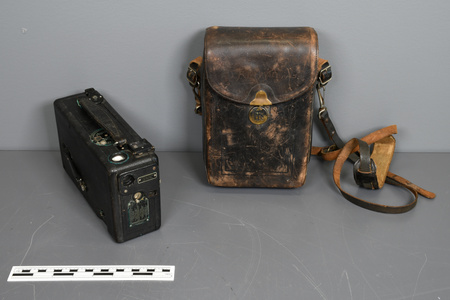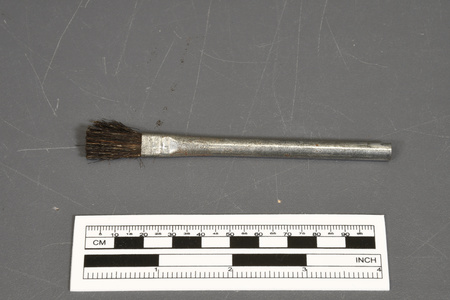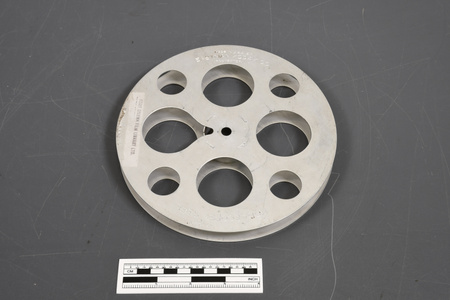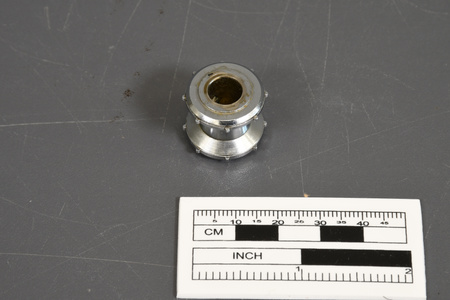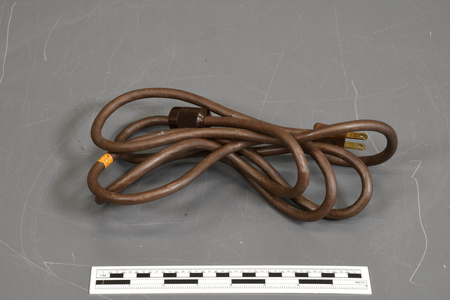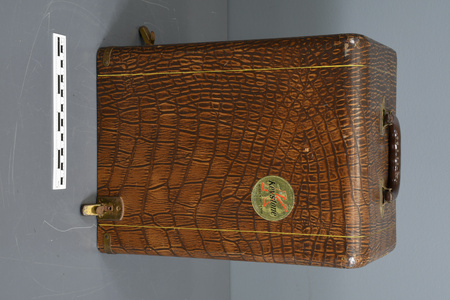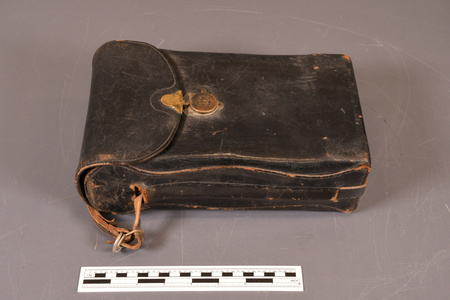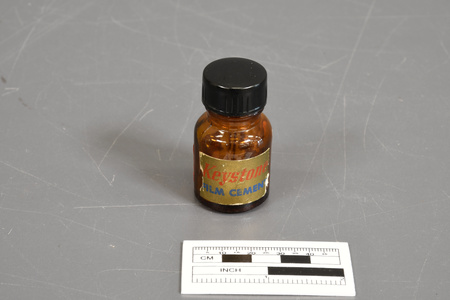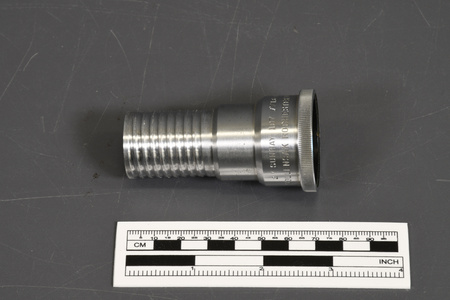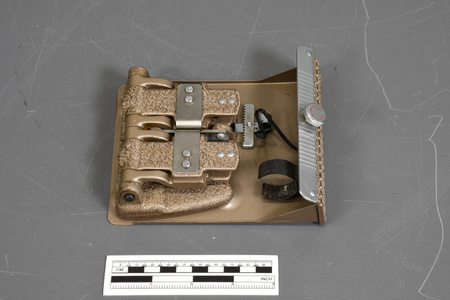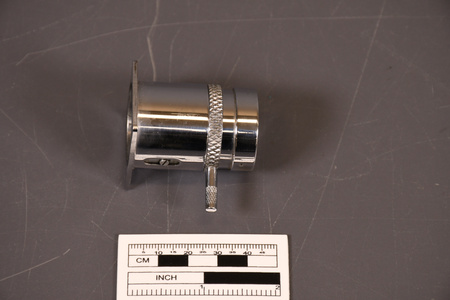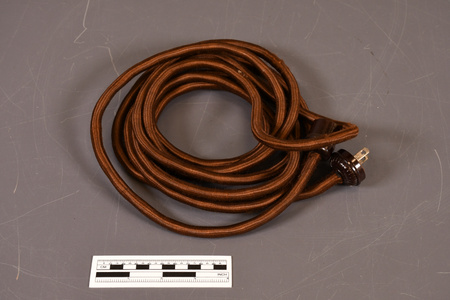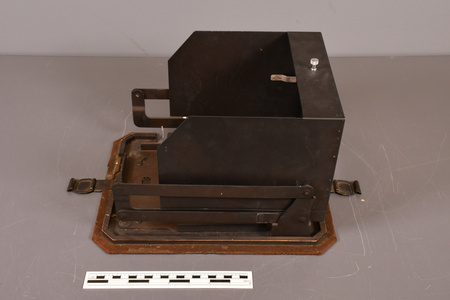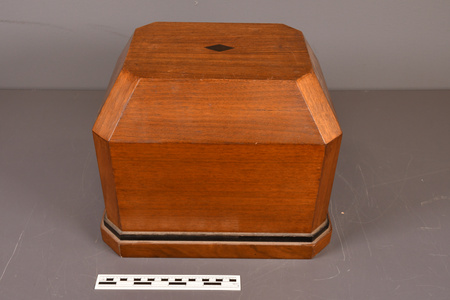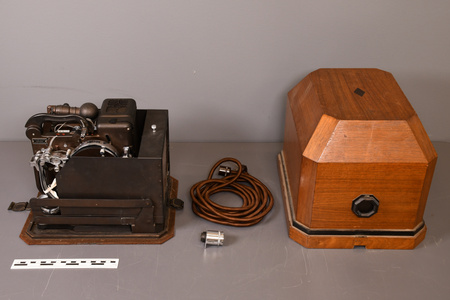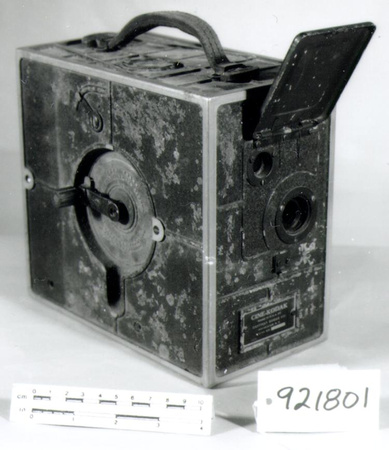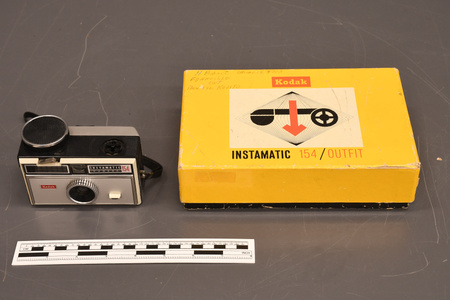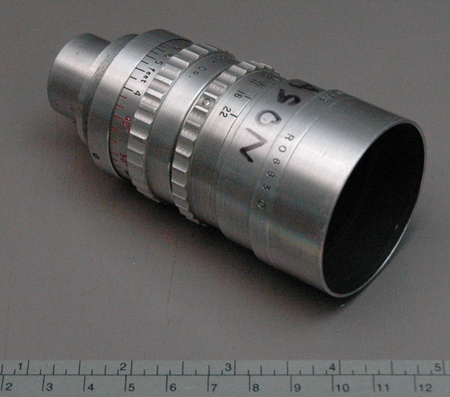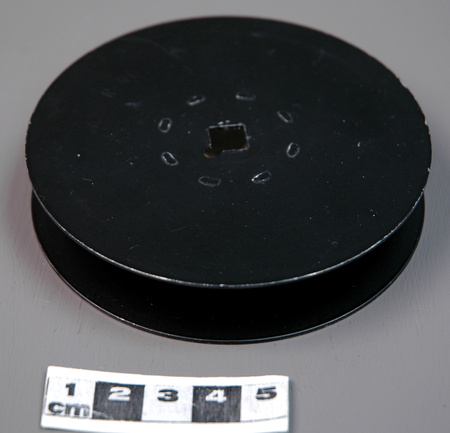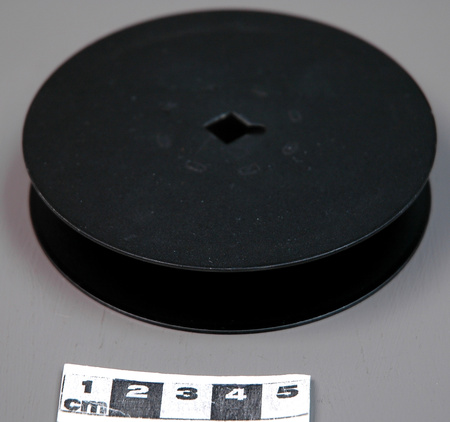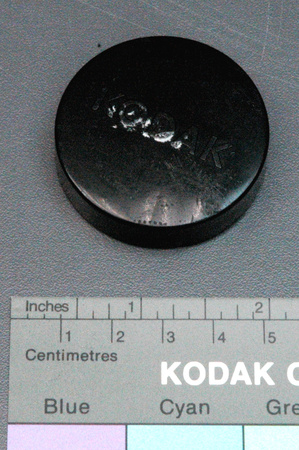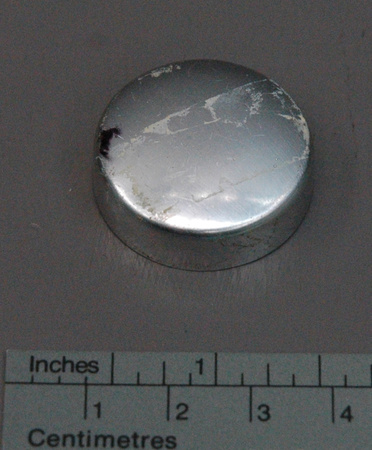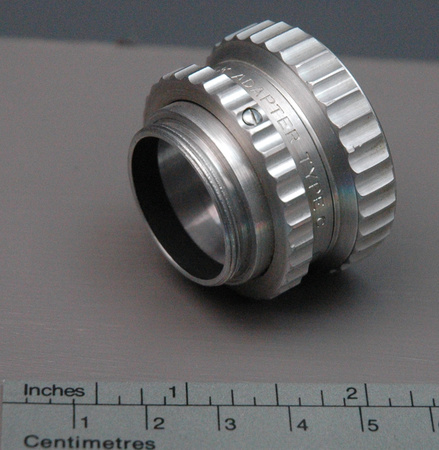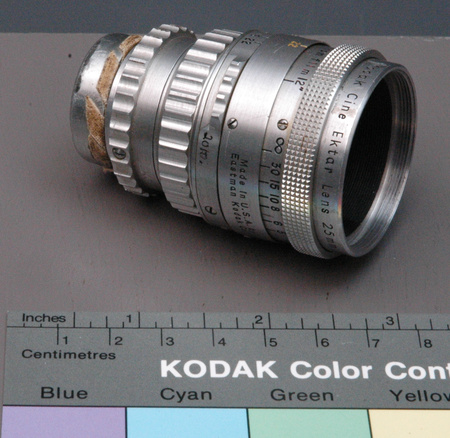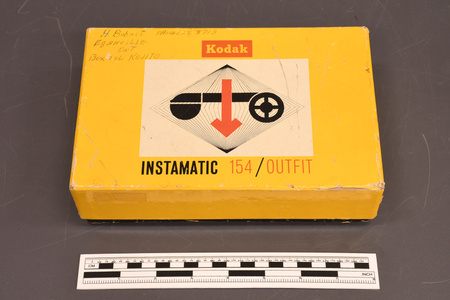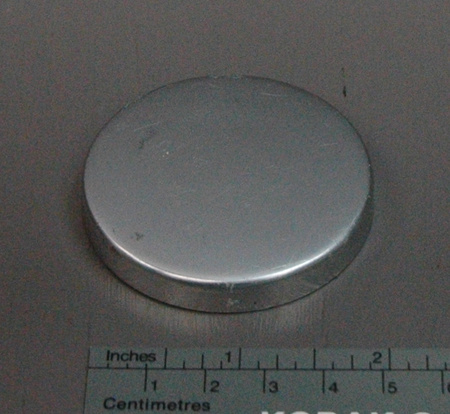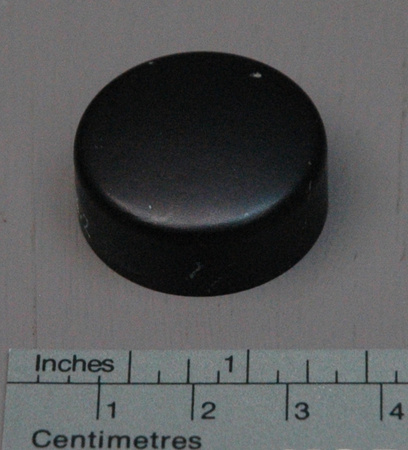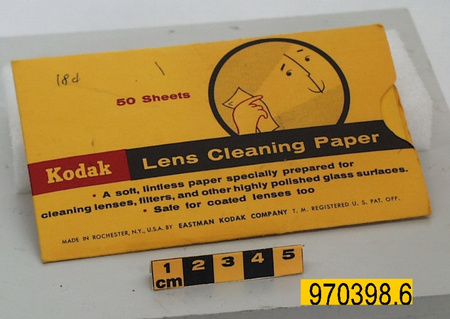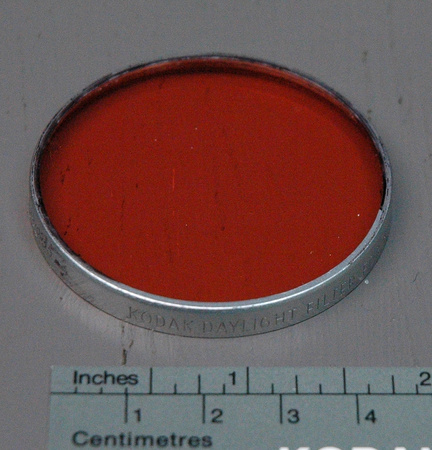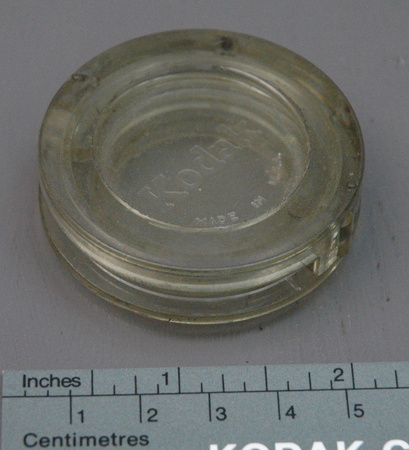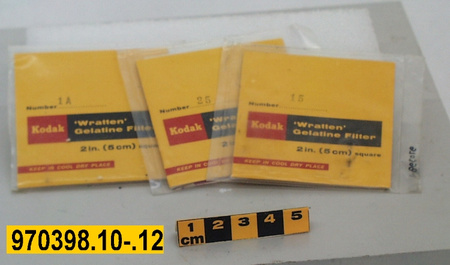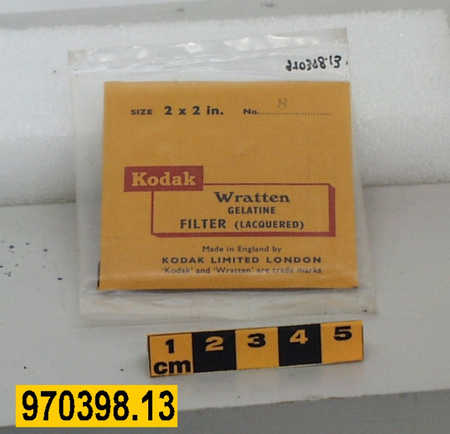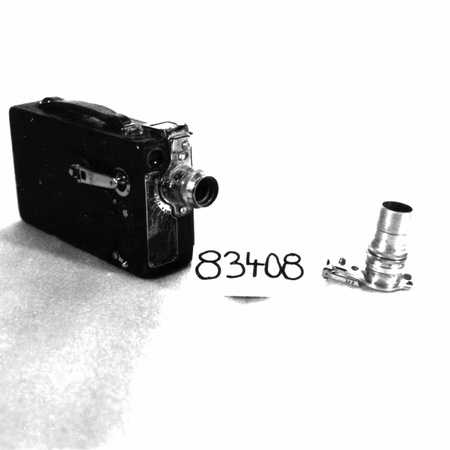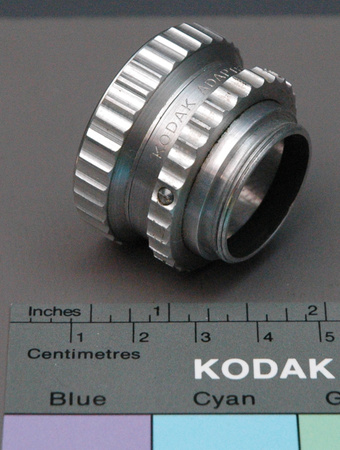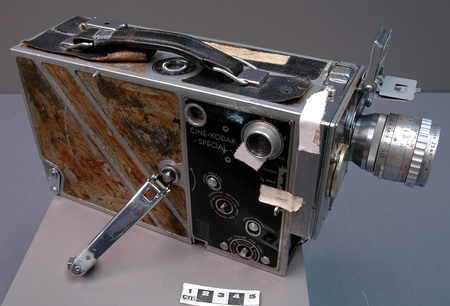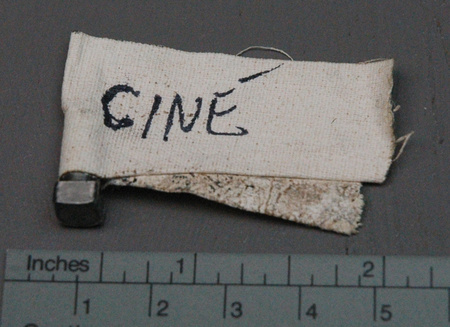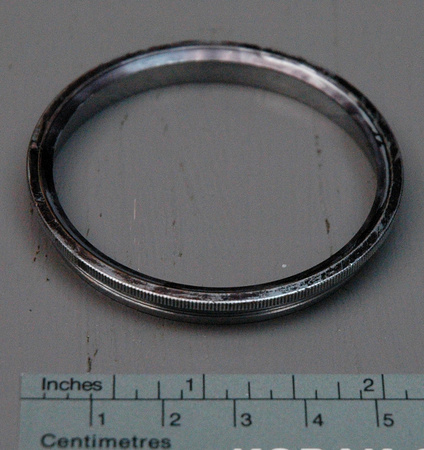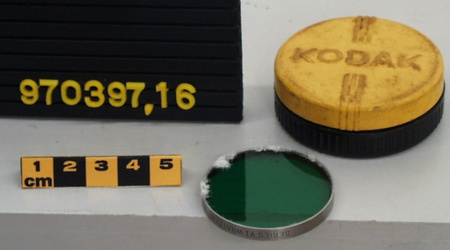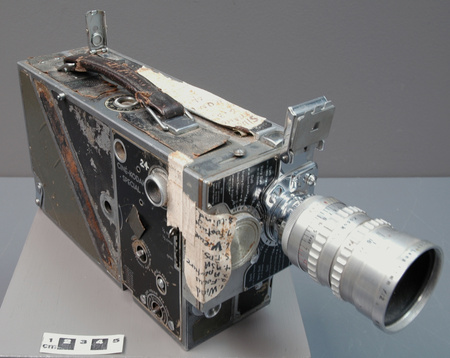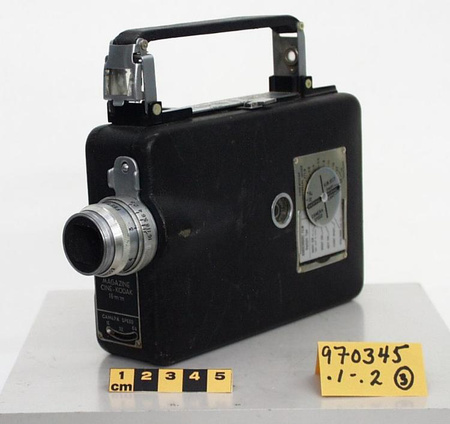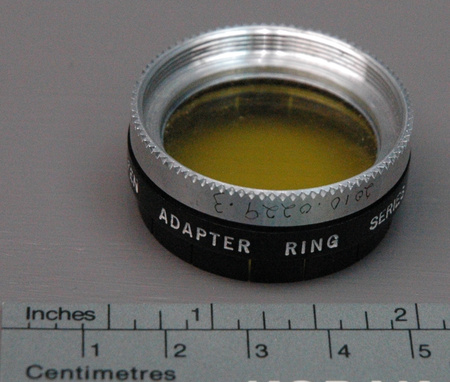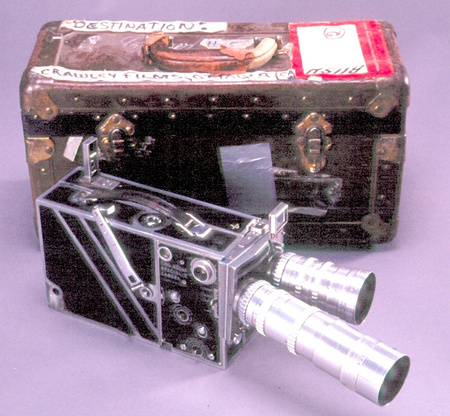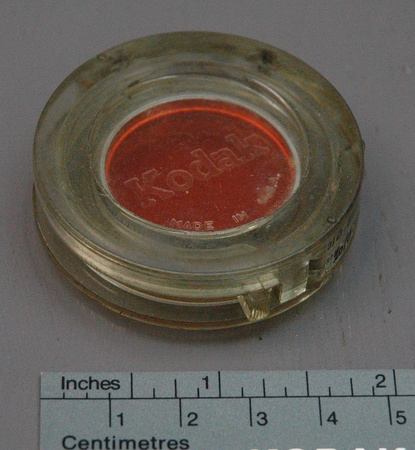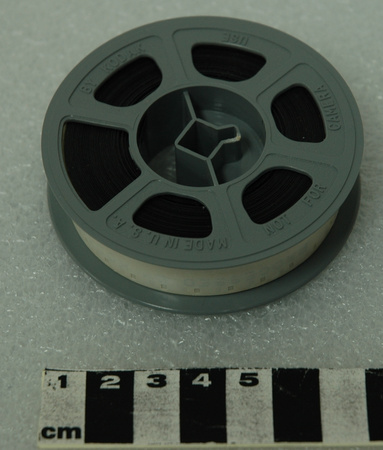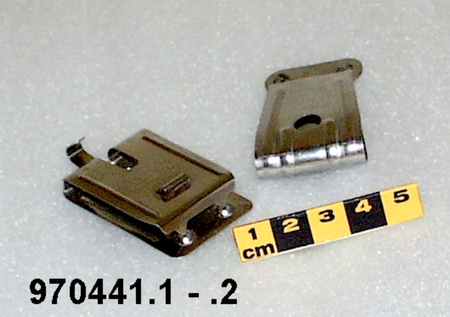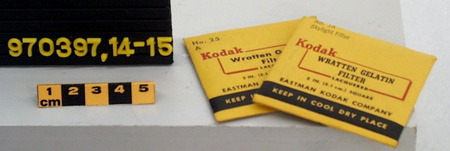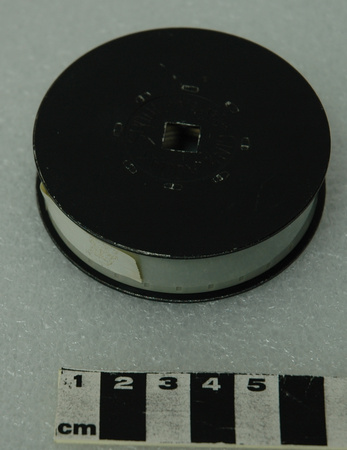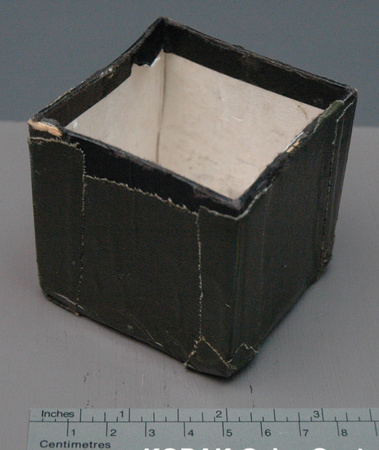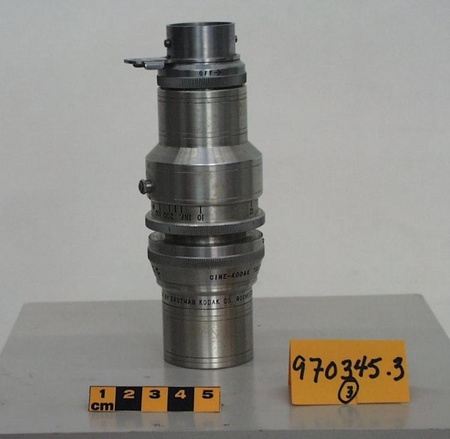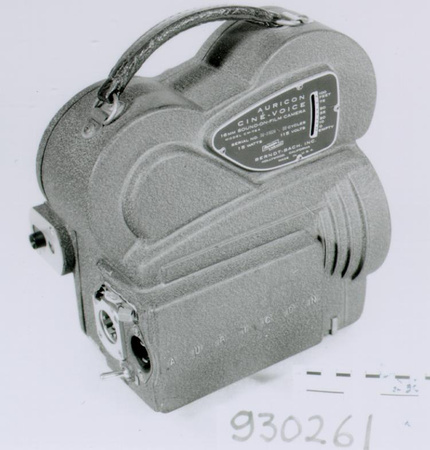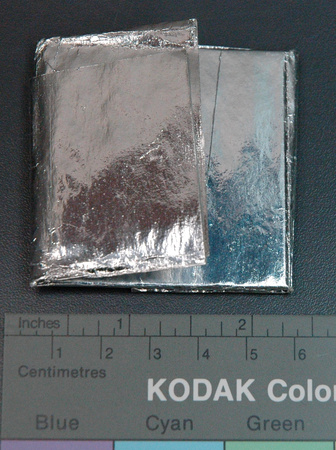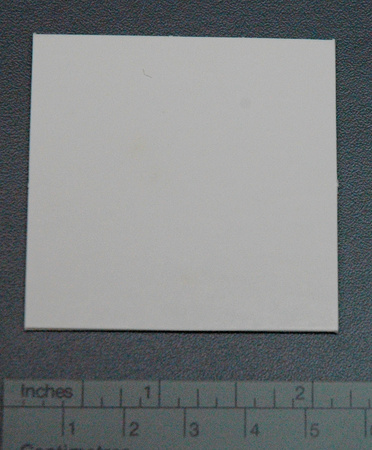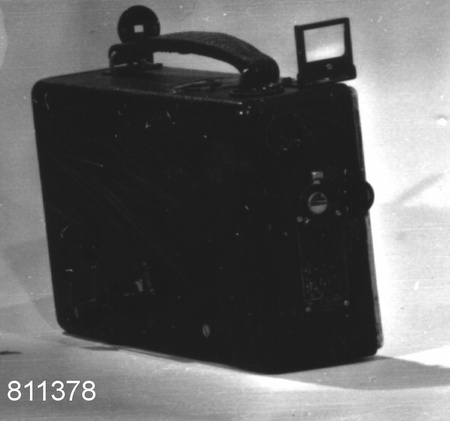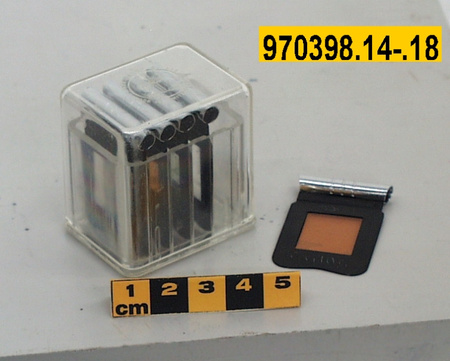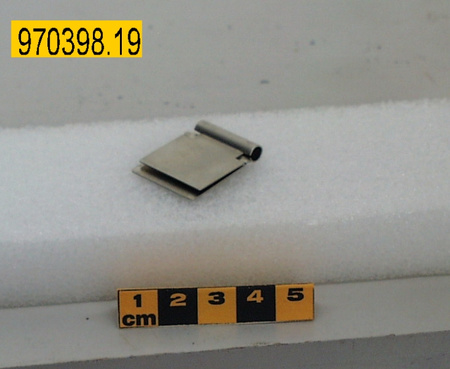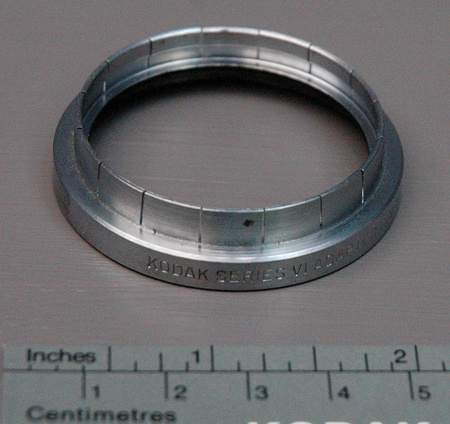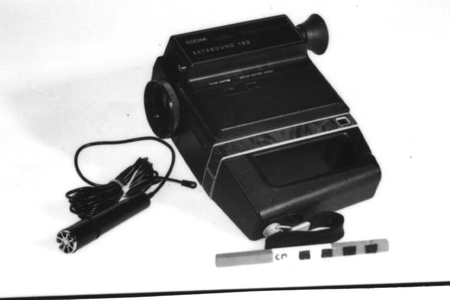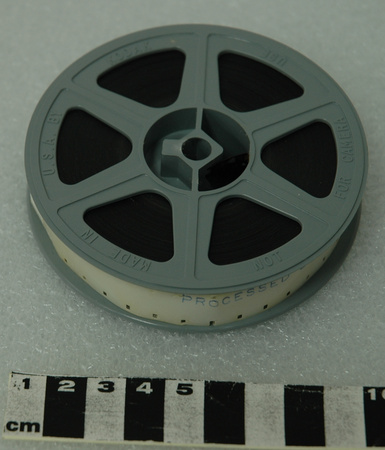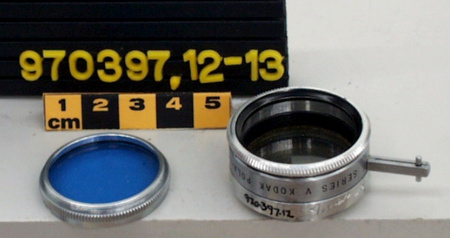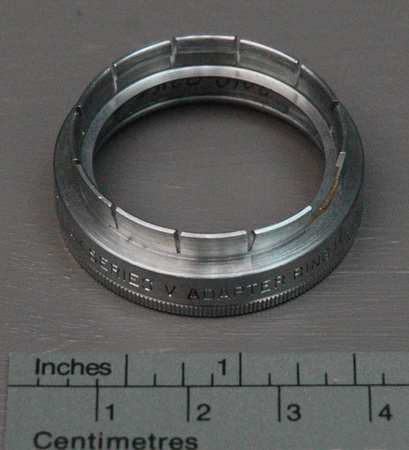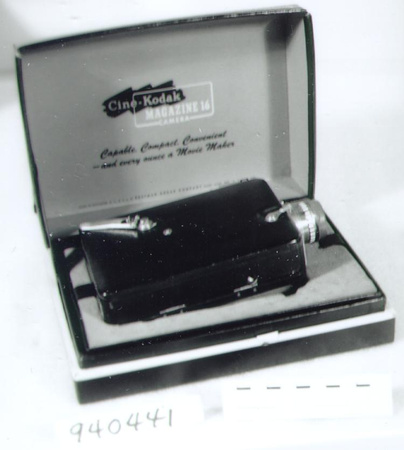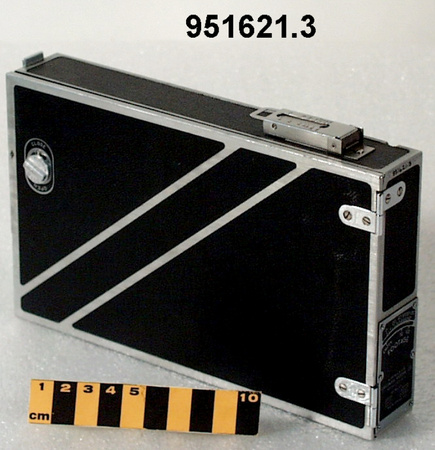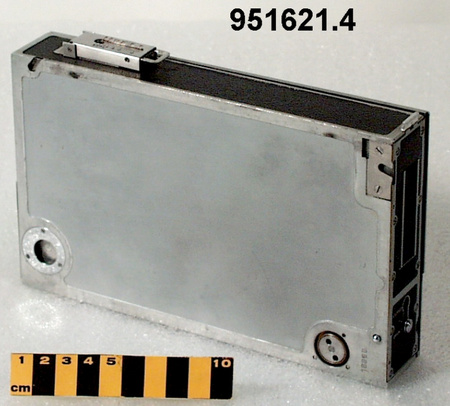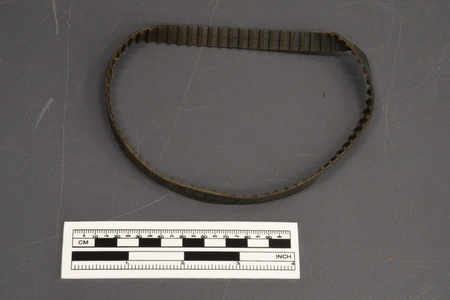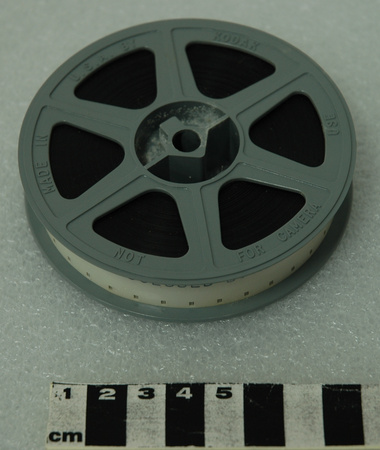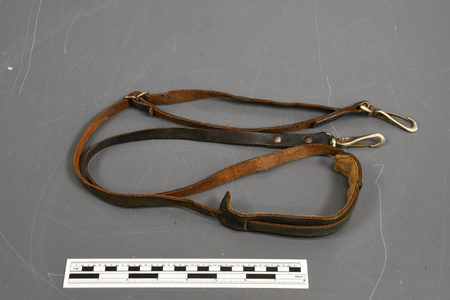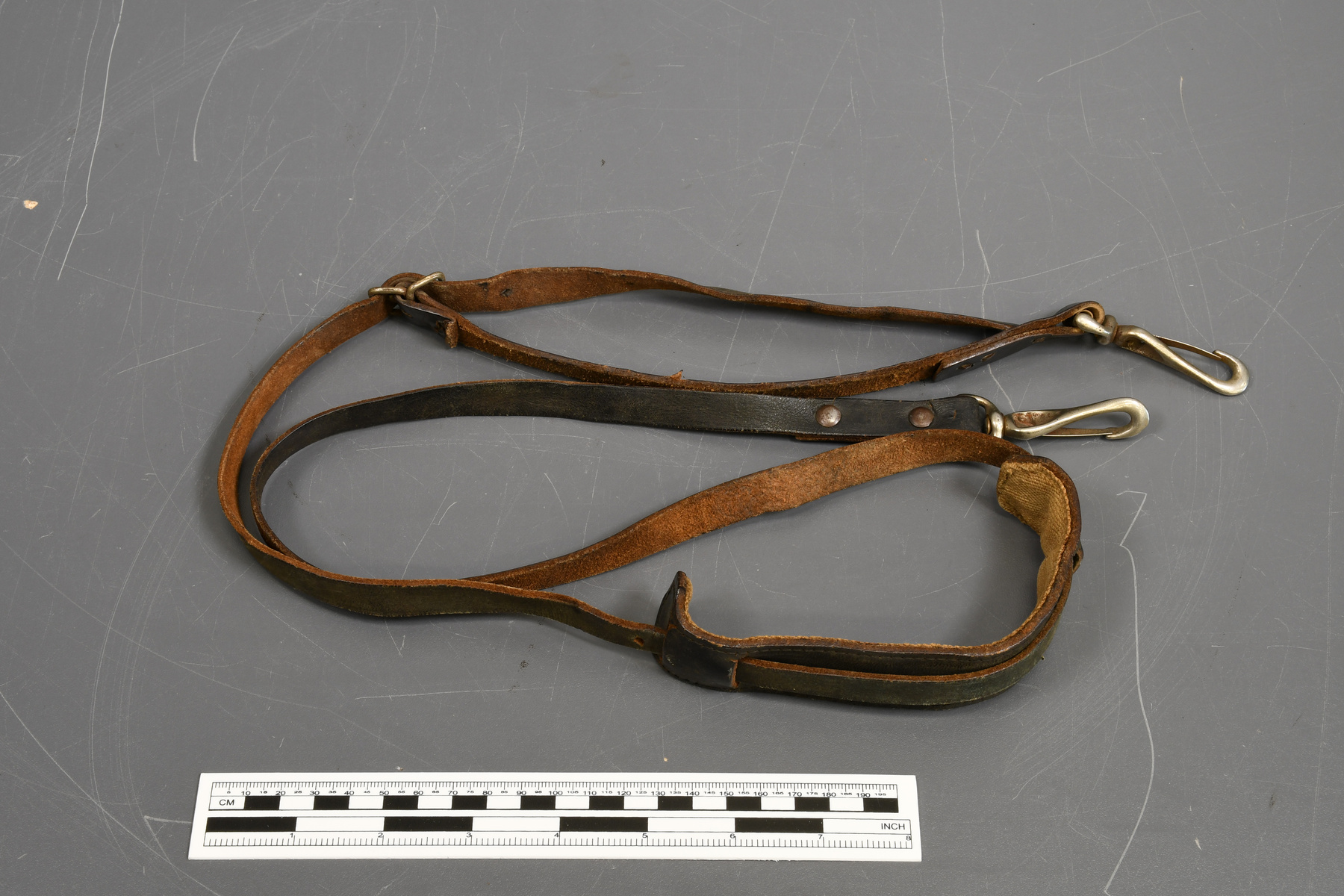Courroie
Utiliser cette image
Puis-je réutiliser cette image sans autorisation? Oui
Les images sur le portail de la collection d’Ingenium ont la licence Creative Commons suivante :
Copyright Ingenium / CC BY-NC-ND (Attribution-NonCommercial 4.0 International (CC BY-NC 4.0)
ATTRIBUER CETTE IMAGE
Ingenium,
2018.0176.003
Permalien:
Ingenium diffuse cette image sous le cadre de licence Creative Commons et encourage son téléchargement et sa réutilisation à des fins non commerciales. Veuillez mentionner Ingenium et citer le numéro de l’artefact.
TÉLÉCHARGER L’IMAGEACHETER CETTE IMAGE
Cette image peut être utilisée gratuitement pour des fins non commerciales.
Pour un usage commercial, veuillez consulter nos frais de reproduction et communiquer avec nous pour acheter l’image.
- TYPE D’OBJET
- adjustable
- DATE
- 1925–1931
- NUMÉRO DE L’ARTEFACT
- 2018.0176.003
- FABRICANT
- Eastman Kodak Co.
- MODÈLE
- Inconnu
- EMPLACEMENT
- Rochester, New York, United States of America
Plus d’information
Renseignements généraux
- Nº de série
- S/O
- Nº de partie
- 3
- Nombre total de parties
- 3
- Ou
- S/O
- Brevets
- S/O
- Description générale
- Leather strap with fibre pad and metal buckles and clips. Courroie en cuir avec boucles en métal.
Dimensions
Remarque : Cette information reflète la taille générale pour l’entreposage et ne représente pas nécessairement les véritables dimensions de l’objet.
- Longueur
- 30,0 cm
- Largeur
- 13,7 cm
- Hauteur
- 3,5 cm
- Épaisseur
- S/O
- Poids
- S/O
- Diamètre
- S/O
- Volume
- S/O
Lexique
- Groupe
- Photographie
- Catégorie
- Ciné-divers
- Sous-catégorie
- S/O
Fabricant
- Ou
- Kodak
- Pays
- United States of America
- État/province
- New York
- Ville
- Rochester
Contexte
- Pays
- Canada
- État/province
- Québec
- Période
- ca. 1930-1931
- Canada
-
Purchased by R. Massey Williams (1901-1968) c. 1930 to document a 17-month prospecting expedition to the Ungava Bay region of Northern Quebec (now Nunavik) in 1930-31. Footage was used to produce the film On to Ungava (LAC ISN 100780), Williams’ first film. Williams also used the camera to make five subsequent films between 1933 and 1938, documenting gold prospecting and mining operations in Ontario, Quebec, British Columbia, and eastern USA. Taken together, these films represent an interesting application of 16mm amateur cinema technology in the 1930s, particularly (in the case of On to Ungava) in a Northern Canadian/Arctic context. Acheté par R. Massey Williams (1901-1968) c. 1930 pour documenter une expédition de prospection de 17 mois dans la région de la Baie d'Unagava dans le nord du Québec (présentement Nunavik) en 1930-31. Les images ont été utilisées pour produire le film "On to Ungava", le premier film réalisé par Williams. Williams a aussi utilisé cette caméra pour faire cinq autres films entre 1933 et 1938, en documentant des opérations minières en Ontario, Québec, Colombie-Britannique et l'est des États-Unis. Ces films représente l'utilisation de la technologie de cinéma amateur des années 1930, spécifiquement dans le contexte Canadien et arctique en ce qui concerne "On to Ungava". - Fonction
-
Allows for a camera in its case to be carried over a shoulder for easier transportation. Permet de transporter une caméra dans son étui alentour de l'épaule pour faciliter le transport. - Technique
-
The Cine-Kodak Model B was an update to the Cine-Kodak (retroactively named the Model A). The Model A, introduced by Kodak in 1923, was the first 16mm camera. The 16mm film format was thinner and more affordable than the existing 35mm standard; it was also more compact and lightweight, making it ideal for amateur filmmaking. The technical significance of the Model B is that it included a spring-driven motor. This meant that, unlike the Model A, it did not require hand-cranking – or the use of a tripod – during filming. This made the Model B more easily transportable and convenient to use, particularly in mobile environments. Le Modèle B Cine-Kodak était une mise à jour sur le Cine-Kodak (Modèle A) Le Modèle A, introduit par Kodak en 1923, était la première caméra 16mm. Le film 16mm était plus mince et abordable que le film existant 35mm standard. Il était aussi plus compacte et léger, ce qui est idéal pour la réalisation des films amateurs. L'importance du Modèle B est qu'il inclue un moteur à ressort. Ceci faisait en sorte, au contraire du Modèle A, que la caméra n'avait pas besoin de manivelle ou l'utilisation de trépied. Ceci a fait que le Modèle B était plus efficace et convenable à utiliser, particulièrement dans des environnements mobile. - Notes sur la région
-
Inconnu
Détails
- Marques
- None apparent
- Manque
- Appears complete
- Fini
- Dark brown leather strap with a beige fabric pad and grey/silver-coloured metal buckles and clips. Courroie en cuir brun foncé avec matériel beige et des boucles en métal gris et argenté.
- Décoration
- S/O
FAIRE RÉFÉRENCE À CET OBJET
Si vous souhaitez publier de l’information sur cet objet de collection, veuillez indiquer ce qui suit :
Eastman Kodak Co., Courroie, vers 1925–1931, Numéro de l'artefact 2018.0176, Ingenium - Musées des sciences et de l'innovation du Canada, http://collection.ingenium.ca/fr/id/2018.0176.003/
RÉTROACTION
Envoyer une question ou un commentaire sur cet artefact.
Plus comme ceci

